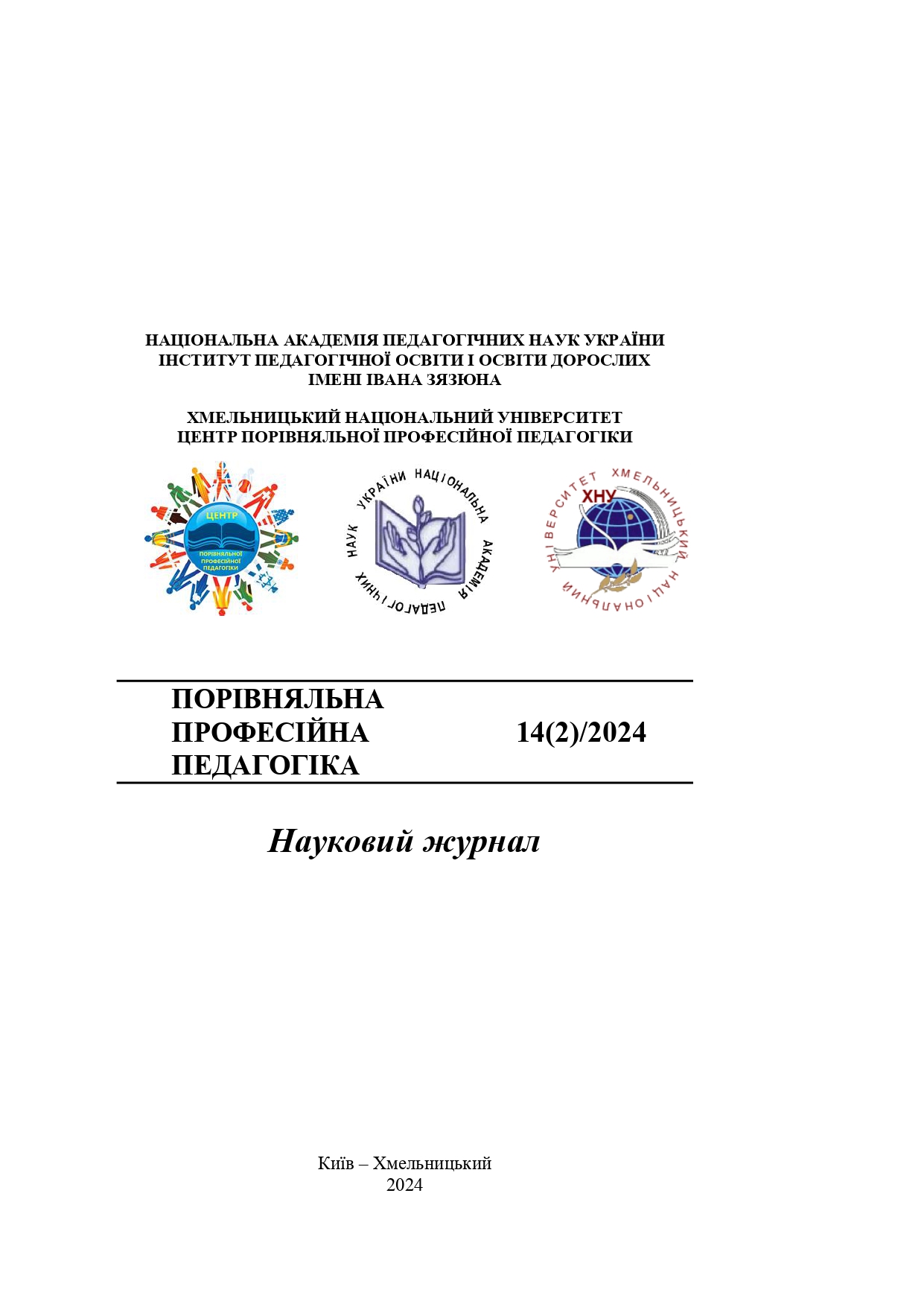AI TOOLS IN FOREIGN LANGUAGE TEACHING: PROS AND CONS OF UKRAINIAN AND FOREIGN PRACTICES
DOI:
https://doi.org/10.31891/2308-4081/2024-14(2)-7Keywords:
foreign language learning, AI tools, Large Language Models, AI-based learning systems, natural language processingAbstract
The paper considers the pros and cons of integration of AI tools in foreign language teaching in Ukrainian and foreign higher education institutions. The author analyzes AI algorithms such as Natural Language Processing (NLP), Reinforcement Learning (RL), and Deep Learning (DL) that enhance foreign language learning through techniques like tokenization, lemmatization, speech recognition and machine translation creating personalized lessons, real-time feedback and adaptive difficulty levels, ensuring that learners remain engaged and motivated, whereas platforms like Duolingo apply these algorithms to optimize lesson plans based on user performance. Attention is also paid to Large Language Models (LLMs), such as ChatGPT, that support text generation, translation and immersive language practice facilitating development of lesson materials, simulating dialogues and providing tailored feedback. It is also pointed out that AI-based language learning systems (AIBLS) employ recommendation algorithms and digital footprint tracking to enhance learning, monitor progress and adapt content accordingly; speech processing tools improve pronunciation and engagement; smart tutors offer personalized learning environments adjusting content to individual progress, provide instant feedback, simulate real conversations and support skill development in vocabulary, grammar, and pronunciation. AIBLS apply machine learning, NLP and adaptive algorithms to create dynamic educational experiences. AIBLS also employ metacognitive scaffolding to support learners through feedback, reflection and progress tracking. Apart from the obvious benefits in education, the paper also highlights the limitations of AI tools, since their application raises concerns like data privacy, inequality, and algorithm bias. While helpful for automating basic task performance checks, AI cannot replace teachers in fostering emotional intelligence or cultural interactions. The conclusion has been drawn that effective integration of AI into language teaching is possible through adaptation of traditional methods and creation of AI-based assignments, ensuring a balanced, student-centered approach.
Downloads
Published
How to Cite
Issue
Section
License
Copyright (c) 2024 ОЛЕНА МАРТИНЮК

This work is licensed under a Creative Commons Attribution 4.0 International License.


